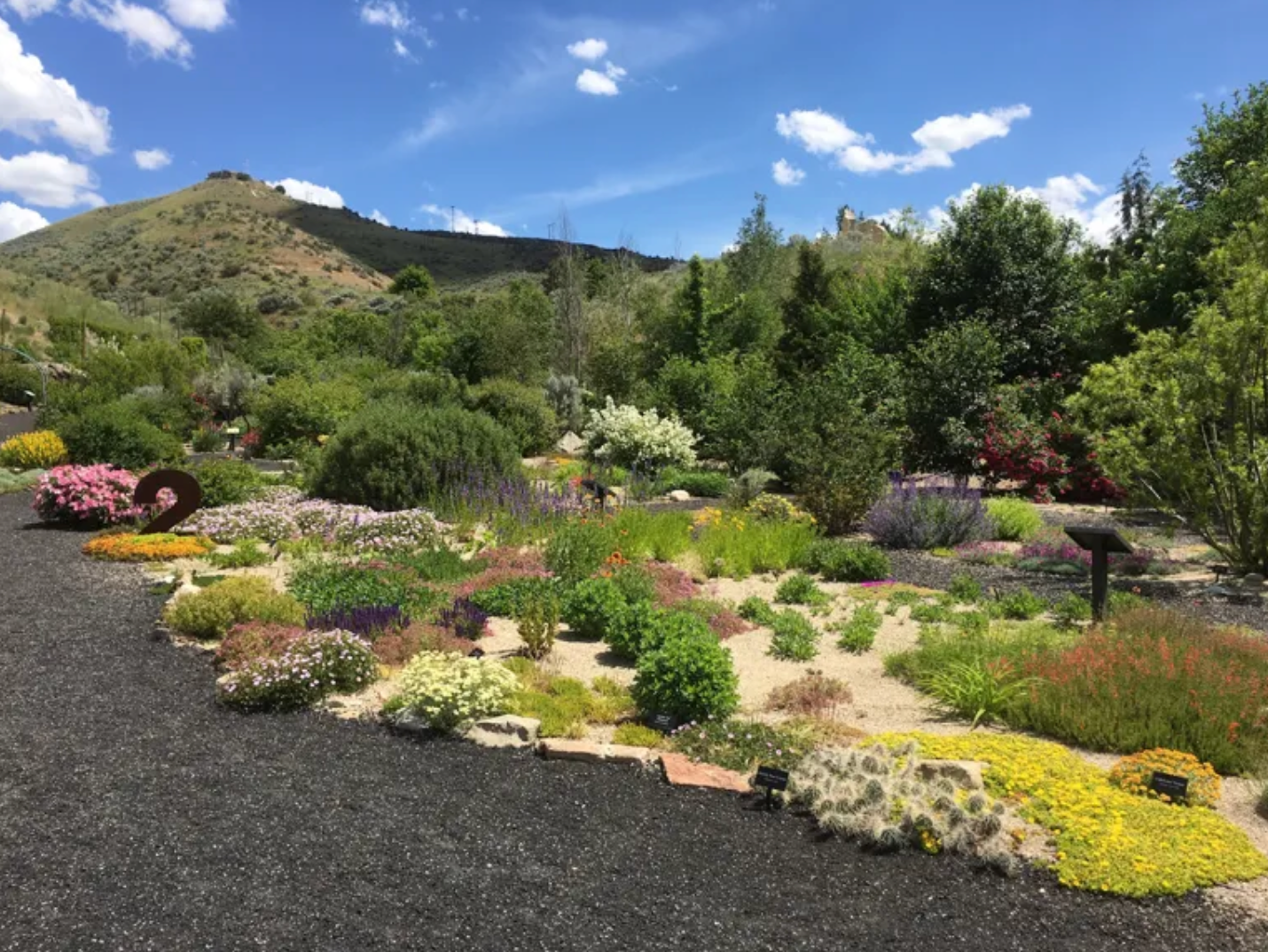Fire-Resistant Landscaping: How to Protect Your Home from Wildfires

Wildfires are a growing threat, particularly in regions prone to dry, hot weather. A well-designed fire-resistant landscape can help protect your home by slowing the spread of fire and creating defensible space. By carefully selecting plants, materials, and layout strategies, homeowners can significantly reduce fire risks while maintaining an aesthetically pleasing outdoor space. Here’s how you can design a landscape that not only enhances your property but also improves safety.
Why Fire-Resistant Landscaping Matters
Wildfires spread quickly when they encounter dry vegetation, flammable materials, and unmaintained landscapes. Fire-resistant landscaping, also known as “firescaping,” minimizes these risks by incorporating elements that slow fire, create protective barriers, and reduce fuel loads. This approach is particularly critical for homes located in high-risk wildfire zones.
Key Principles of Fire-Resistant Landscaping
A firewise landscape follows specific principles to increase safety and reduce the chances of a fire reaching your home. Here are the essential strategies:
- Defensible Space Zones – Create buffer zones around your home to reduce the risk of flames spreading.
- Fire-Resistant Plants – Choose plants with high moisture content and low flammability.
- Hardscape Features – Use non-combustible materials such as gravel, stone, and concrete for pathways and patios.
- Proper Spacing – Space trees and shrubs adequately to prevent fire from jumping between them.
- Regular Maintenance – Keep your landscape well-maintained by removing dead plants, leaves, and branches.
Defensible Space: Layering Protection
Creating defensible space means strategically arranging plants, trees, and hardscape elements to minimize fire risk. Experts recommend dividing your landscape into three zones:
Zone 1 (0-5 feet from your home):
- Use non-flammable materials like stone, pavers, and gravel.
- Avoid placing shrubs, dry grasses, and wooden mulch near the home’s foundation.
- Install fire-resistant plants such as succulents and ground covers.
Zone 2 (5-30 feet from your home):
- Keep plants spaced apart to prevent fire from jumping.
- Use fire-resistant plants with high moisture content.
- Remove dead branches and leaves regularly.
Zone 3 (30-100 feet from your home):
- Thin out dense vegetation and underbrush.
- Trim tree branches at least 10 feet from the ground.
- Maintain grass at a low height to prevent rapid fire spread.
Best Fire-Resistant Plants for Your Landscape
Not all plants are equally flammable. Some species contain high moisture content, which helps slow fire spread. Here are a few excellent choices for a fire-resistant garden:
- Succulents & Ground Covers: Agave, Sedum, Ice Plant
- Shrubs & Perennials: Lavender, California Lilac, Sage, Yarrow
- Trees: Oak, Maple, Redbud (avoid resinous trees like pine and eucalyptus)
Fire-Safe Hardscape Elements
Incorporating non-combustible materials is a key part of firewise landscaping. These materials act as firebreaks, slowing down or stopping fire progression:
- Stone and gravel pathways – Prevent fire from spreading across the yard.
- Concrete patios and retaining walls – Provide barriers against flames.
- Fire-resistant mulch – Use gravel or decomposed granite instead of flammable wood mulch.
Firewise Maintenance Tips
A fire-resistant landscape requires ongoing upkeep to remain effective. Here are some essential maintenance steps:
- Regularly prune trees and remove dead limbs.
- Keep plants well-watered to reduce flammability.
- Clear gutters, roofs, and decks of dry leaves and debris.
Mow grass and remove excess dry vegetation.
Store firewood and combustible materials away from structures.
Aesthetic & Safe Landscaping
Fire-resistant landscaping doesn’t mean sacrificing beauty. By combining firewise plant choices, smart layout planning, and non-flammable hardscaping, you can create an attractive, low-maintenance, and fire-safe yard. Whether you’re in a high-risk area or simply want to take preventive measures, designing a fire-resistant landscape is a smart investment in your home’s safety and resilience.
By implementing these strategies, you can enjoy a beautiful outdoor space while significantly reducing the risk of wildfires threatening your property. Start today by evaluating your landscape and making firewise improvements!

